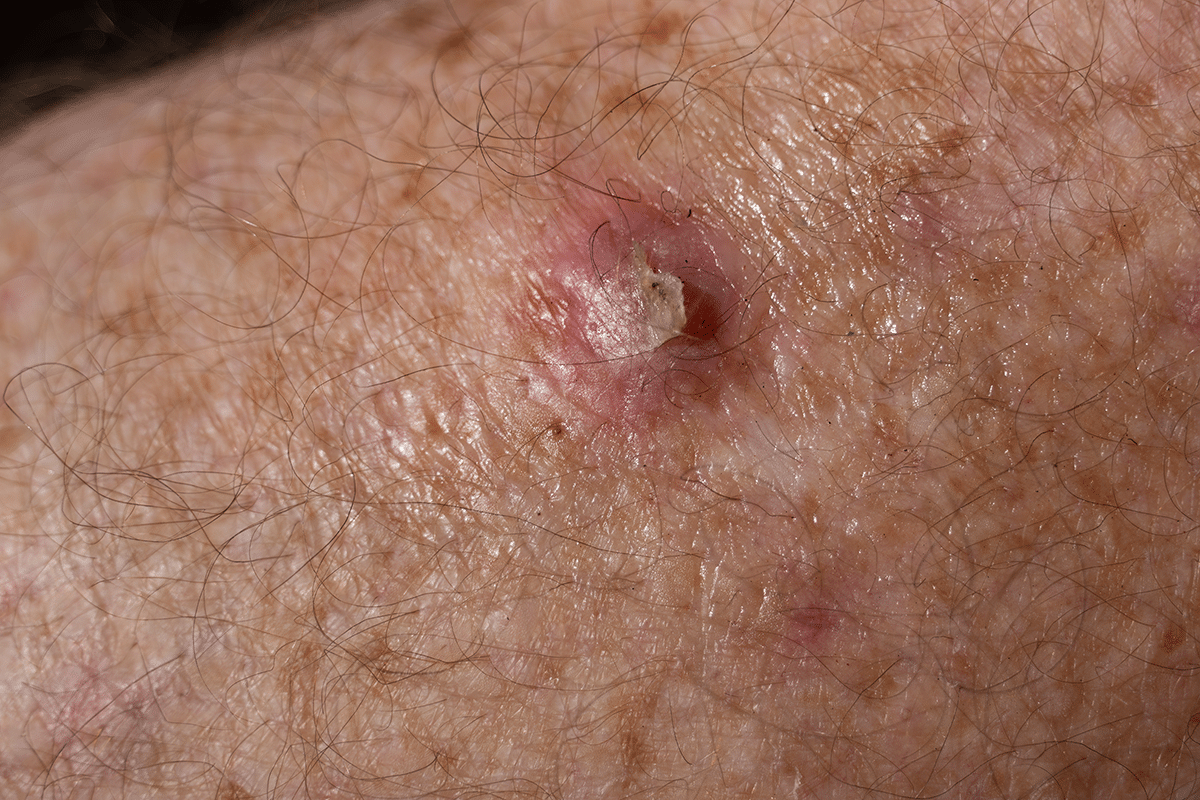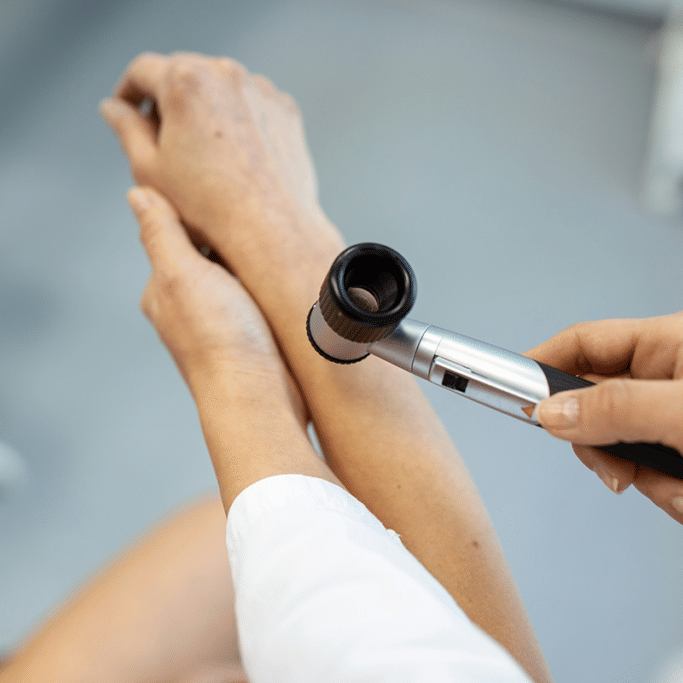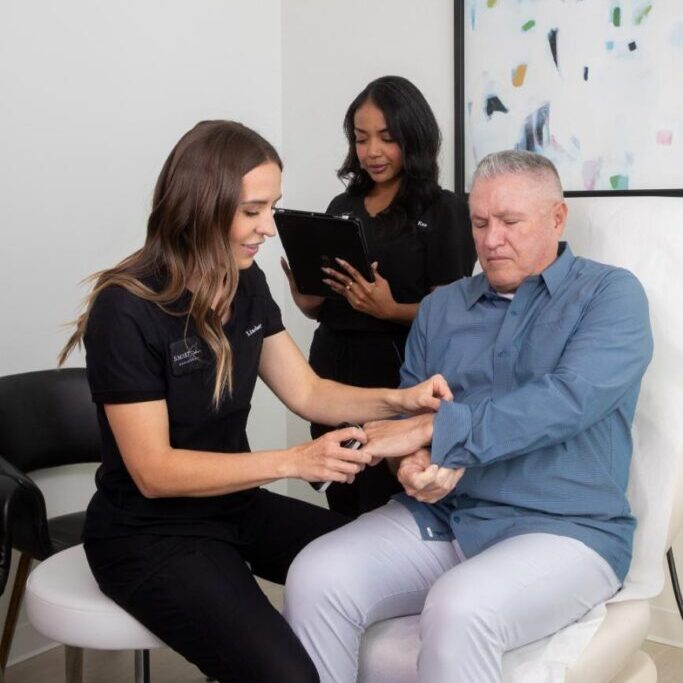Demystifying Squamous Cell Carcinoma: Unveiling the Secrets of a Common Skin Cancer
A Widespread Threat
Beyond the Sun's Kiss
Early Action, Vital Protection
Unmasking the Warning Signs
Keen observation can be your first line of defense against SCC. Here are some telltale signs to watch for:





